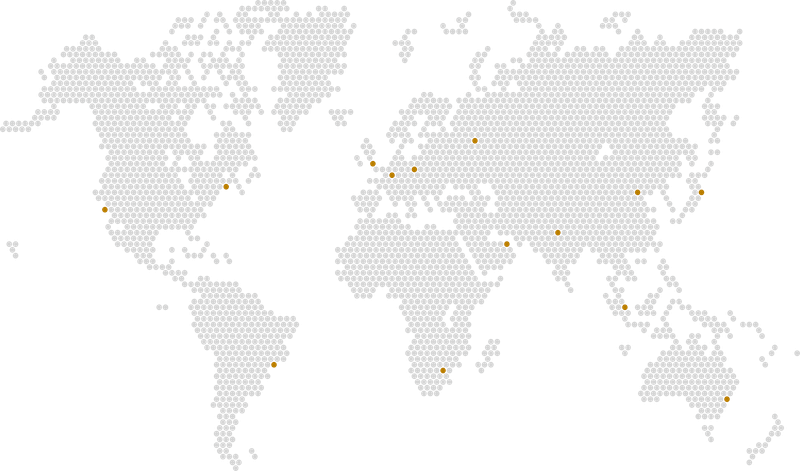
Inventory planning is a complex endeavor, particularly for businesses engaged in multiproduct and multistage manufacturing operations. The intricacy of this task amplifies as each inventory policy must be meticulously crafted to align with various parameters such as cost structure, demand patterns, and product mix. In this article, we delve into two prominent methods of inventory planning: Make to Stock (MTS) and Make to Order (MTO), elucidating their significance and practical implications for businesses.
Make to Stock (MTS)
The Make to Stock approach revolves around a production strategy wherein manufacturers adhere to a “make-to-stock” model. This entails configuring the production of finished goods to maintain inventories across multiple locations within their network, ensuring timely fulfillment of customer demands. MTS is particularly well-suited for commodity goods and raw material suppliers, such as cement manufacturers.
Moreover, MTS is highly advantageous for fast-moving Stock-Keeping Units (SKUs), facilitating efficient distribution across multiple channels, including distributors and retail outlets. Fast-Moving Consumer Goods (FMCG) manufacturers often opt for this method to replenish supplies promptly, especially for seasonal demands. The primary benefit of MTS lies in its ability to enhance sales through product availability, thereby reducing lead times, lowering costs, and augmenting revenues and profitability.
Make to Order (MTO)
Contrary to the MTS model, the Make to Order approach is employed when the Supply Lead Time (SLT) is shorter than the Customer’s Expected Lead Time (CLT). Utilizing sophisticated software systems, manufacturers can seamlessly schedule production based on machine capacity and ascertain product availability dates. Under this method, customer orders are firm, and although lead times may be longer, the manufacturers can provide clear delivery schedules, instilling confidence in customers.
MTO is commonly favored by project-based customers, industrial machinery manufacturers, and enterprises operating in high-tech sectors. Given the dynamic nature of market conditions, manufacturers often find themselves unable to rely solely on either MTS or MTO models. Instead, seeking expert advice is recommended.
Experienced professionals can offer data-driven solutions and devise inventory, production, and fulfillment plans tailored to specific business needs. In this article, you can learn more about the 5 Common Bottlenecks in Manufacturing and How to Spot Them.
These solutions typically include:
- Inventory Planner: Determines whether certain SKUs should be kept in inventory based on demand patterns and market conditions.
- Production Planner: Allocates production capacity between MTS and MTO to optimize resource utilization and meet customer demands effectively.
- Fulfillment Planner: Ensures timely delivery to end customers by orchestrating logistics and supply chain operations efficiently.
By leveraging these planners, businesses can make informed decisions regarding inventory management, working capital optimization, and capital expenditure planning. Ultimately, the productivity and profitability of the business are influenced by the strategic deployment of MTS, MTO, or a combination thereof.
Conclusion
In conclusion, the primary goal of any business is to achieve on-time performance. This is achieved by aligning production strategies with customer expectations. Whether you employ an MTS, MTO, or a hybrid approach, your success depends on precise execution and strategic planning.
If you’re ready to go beyond theory and apply these principles to your business, we invite you to take the first step.
Subscribe to our newsletter
Join our community of like-minded Operational Excellence enthusiasts and subscribe to our newsletter for the latest trends, expert insights, and exclusive content delivered straight to your inbox.




